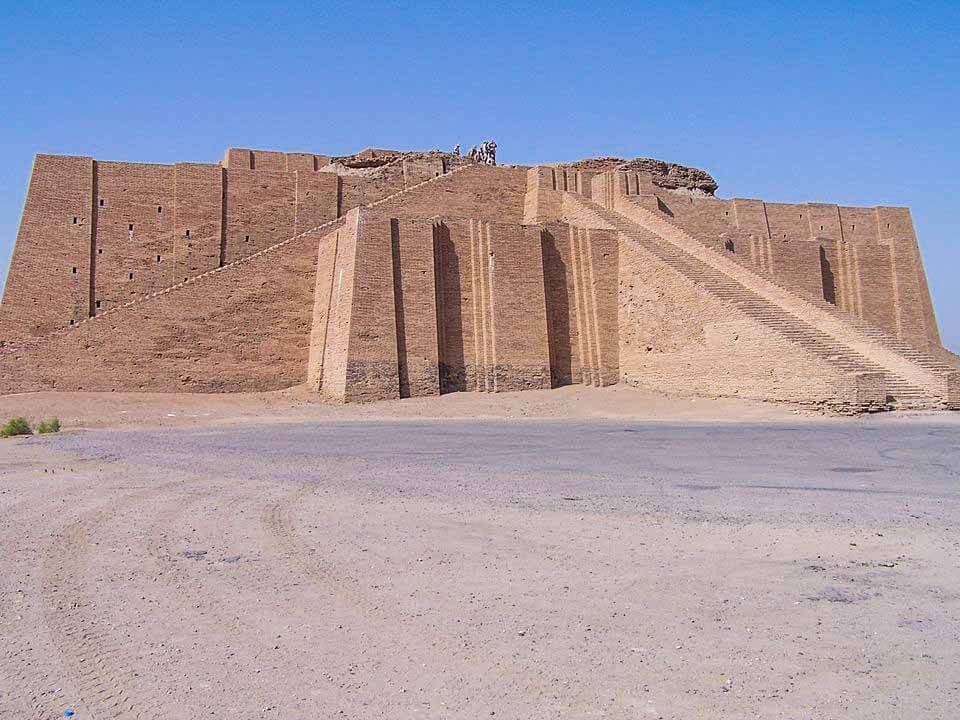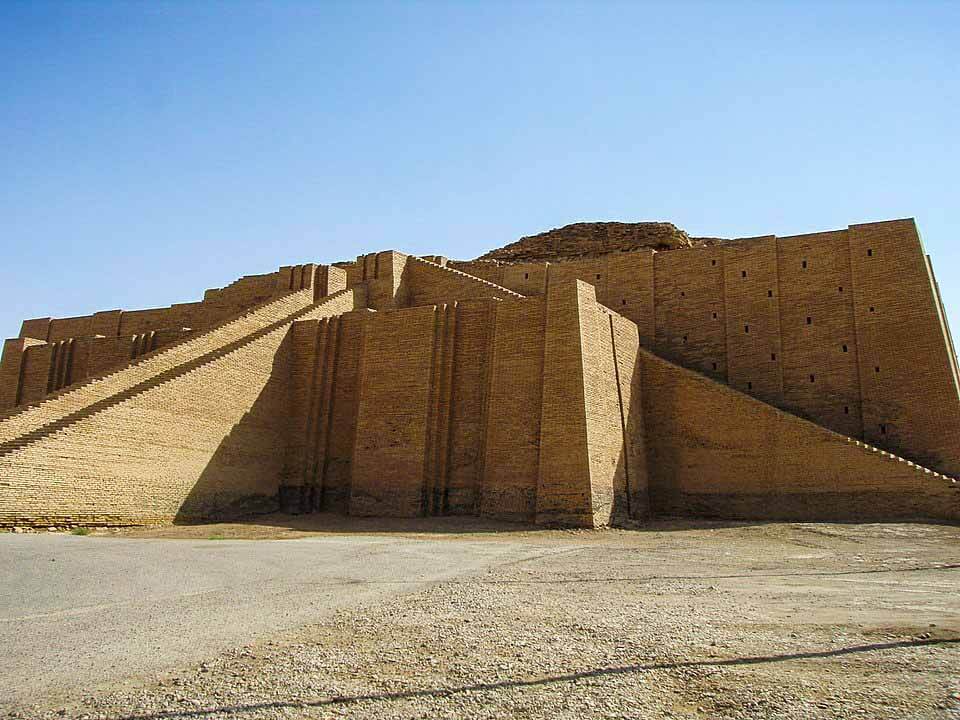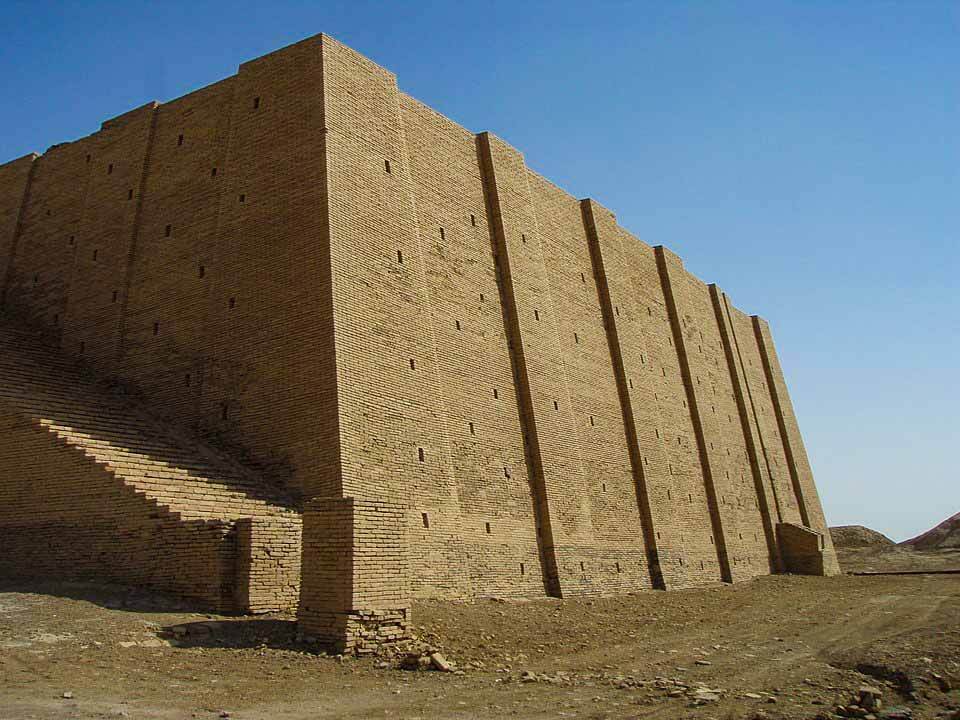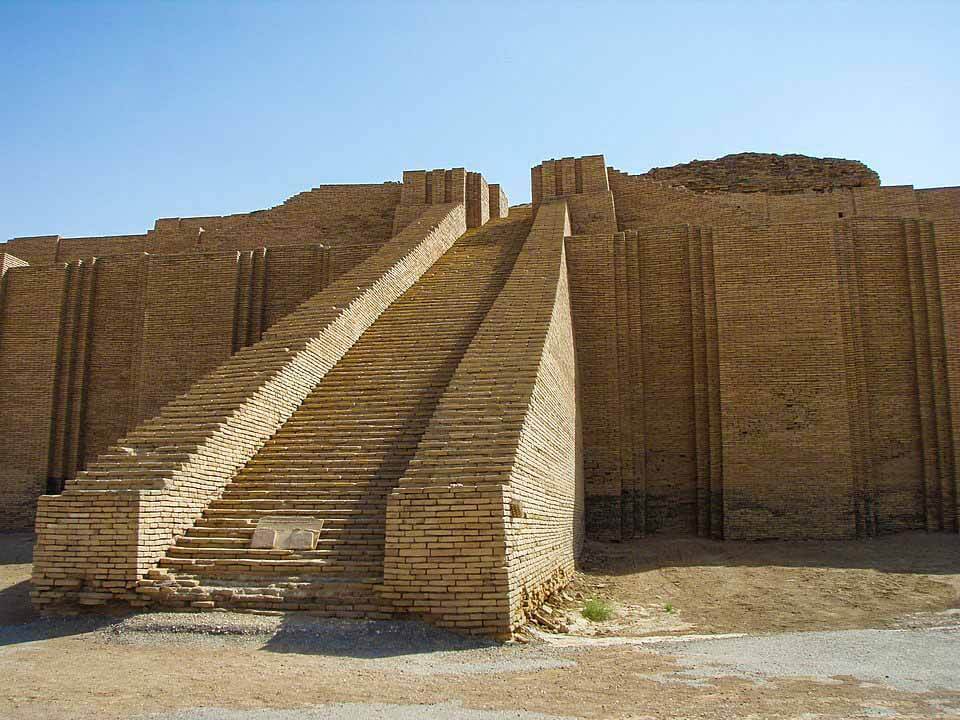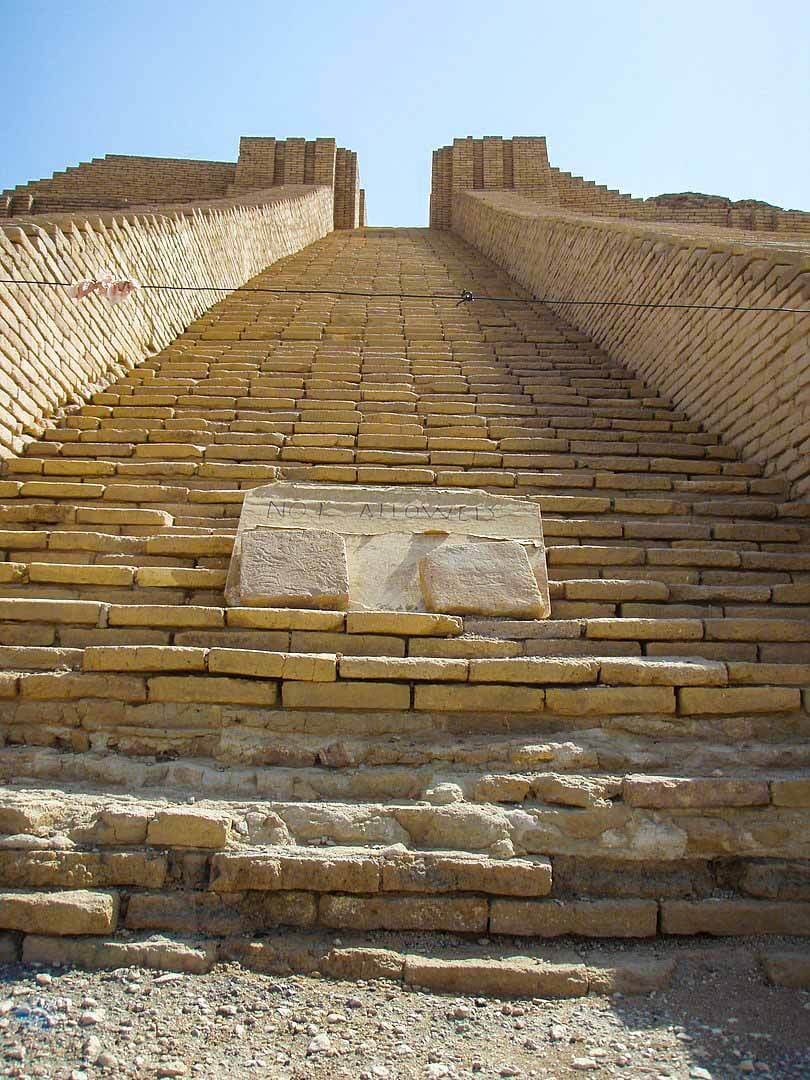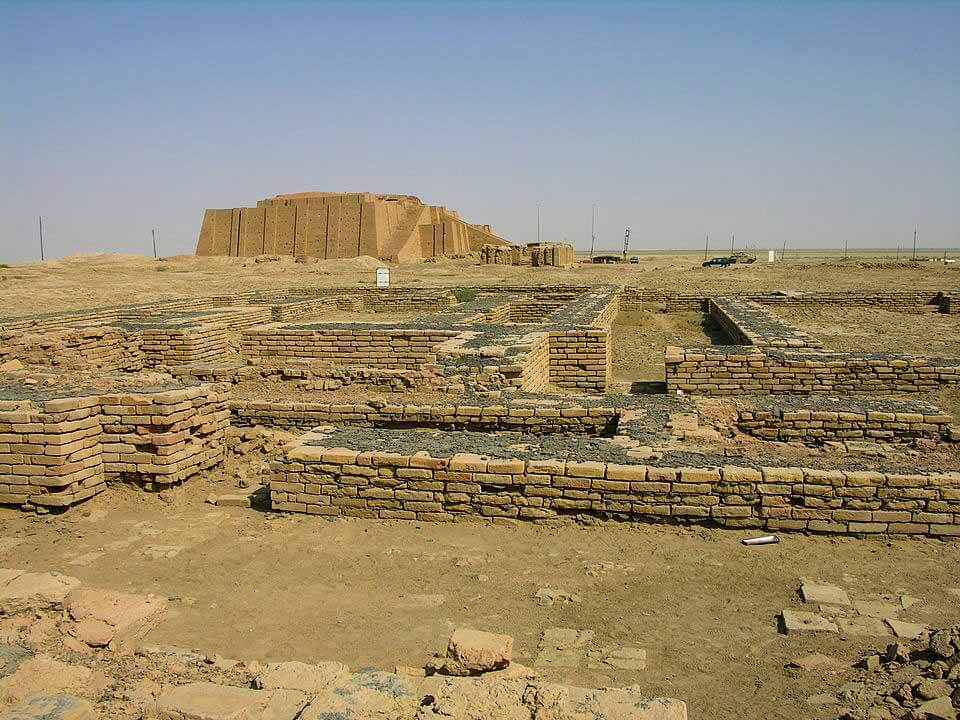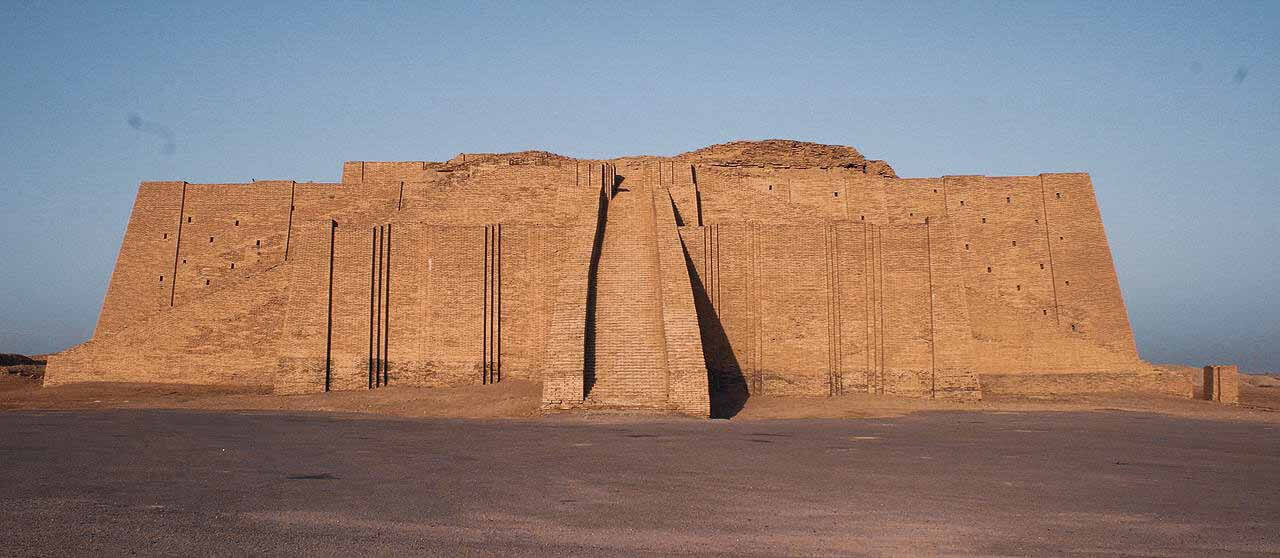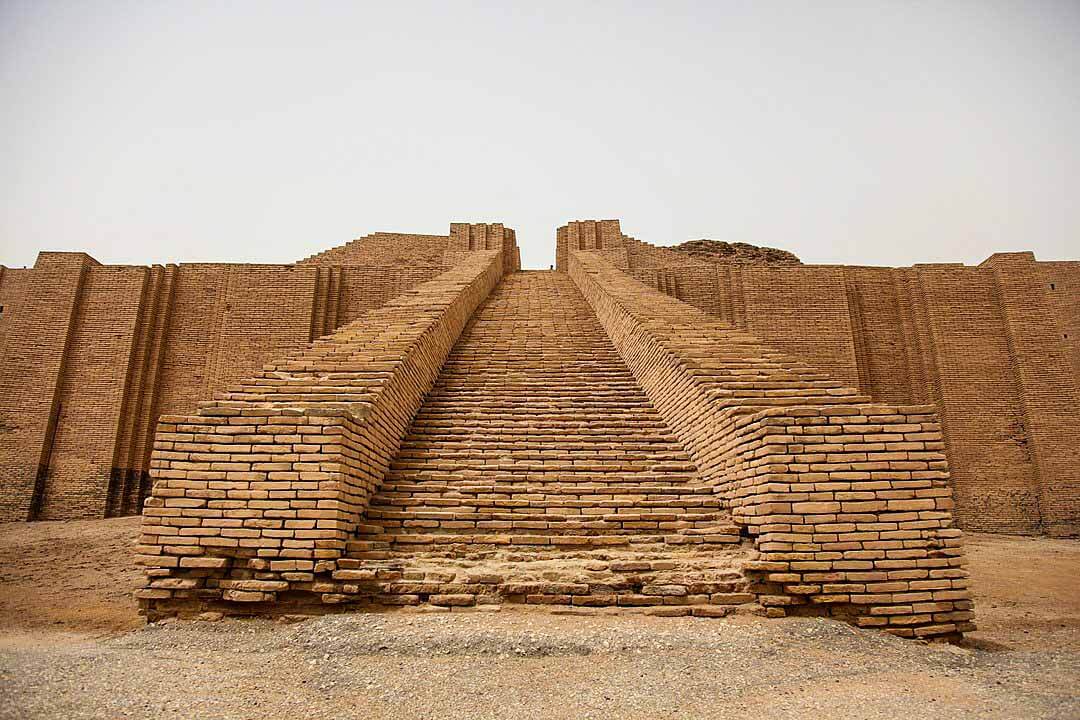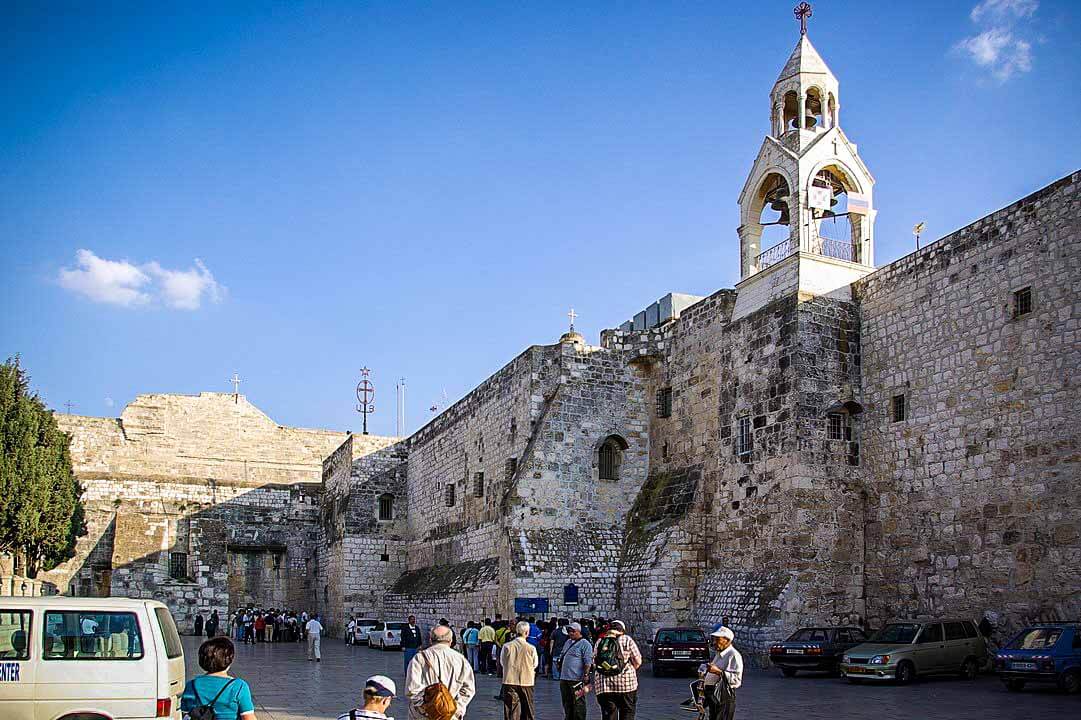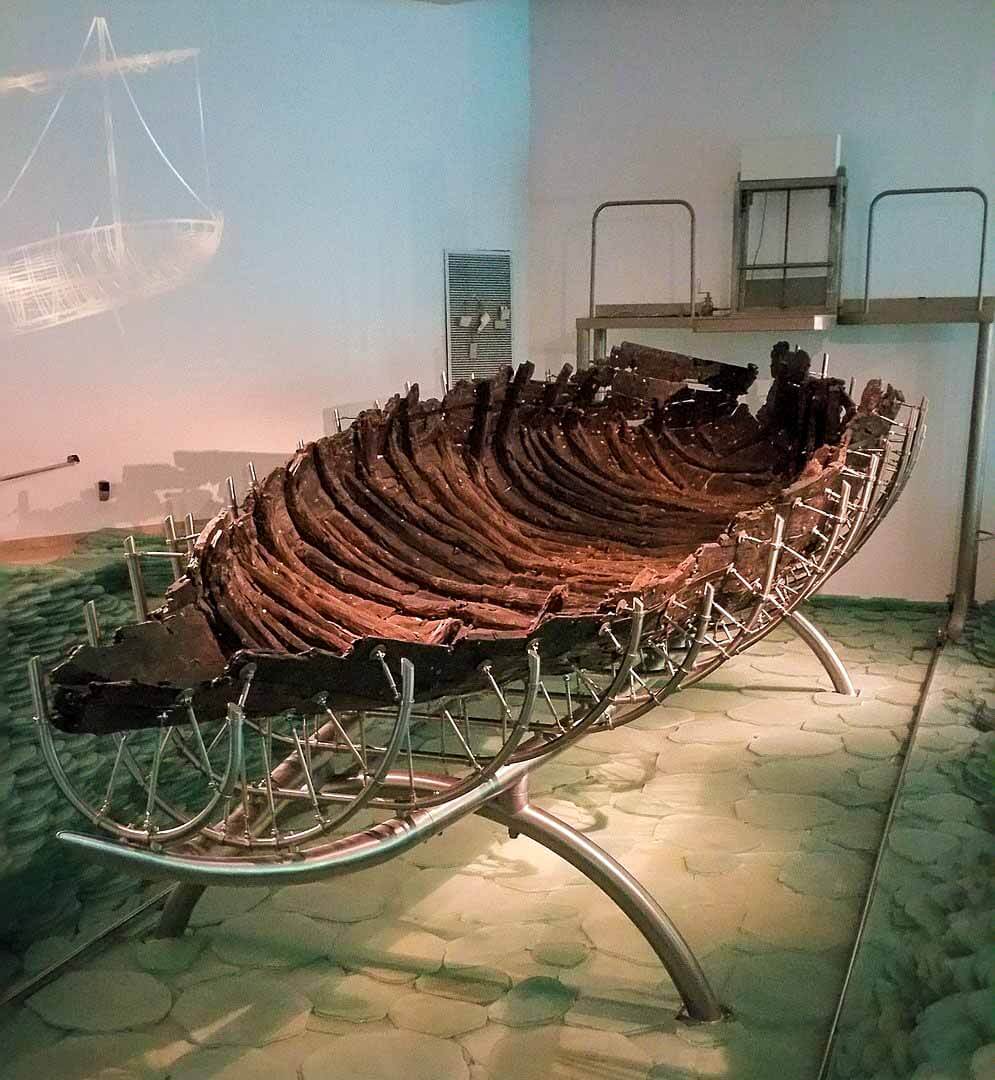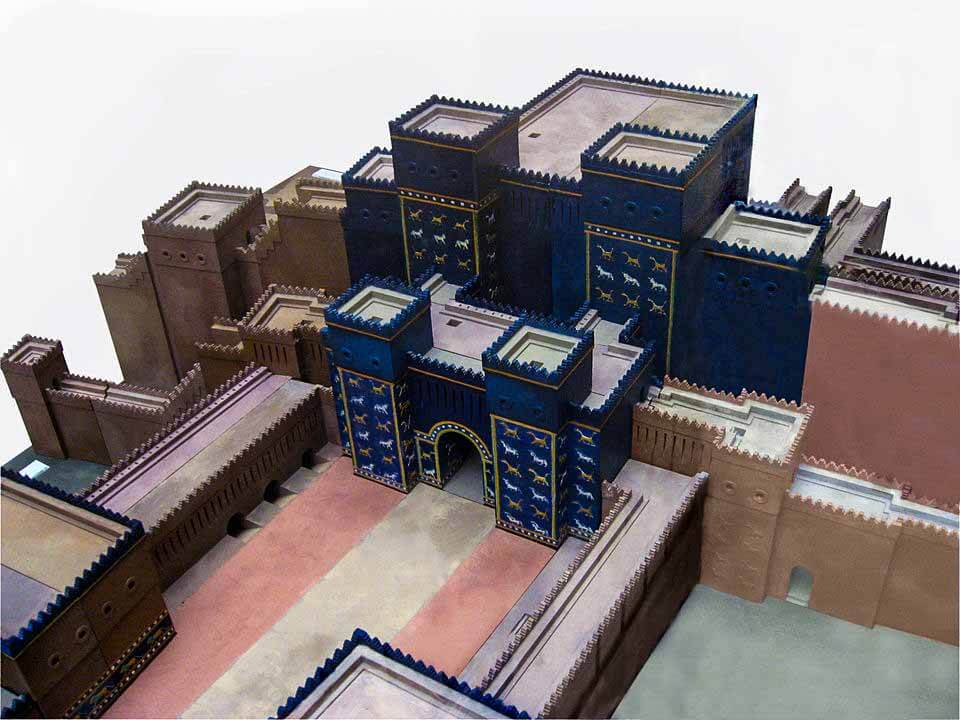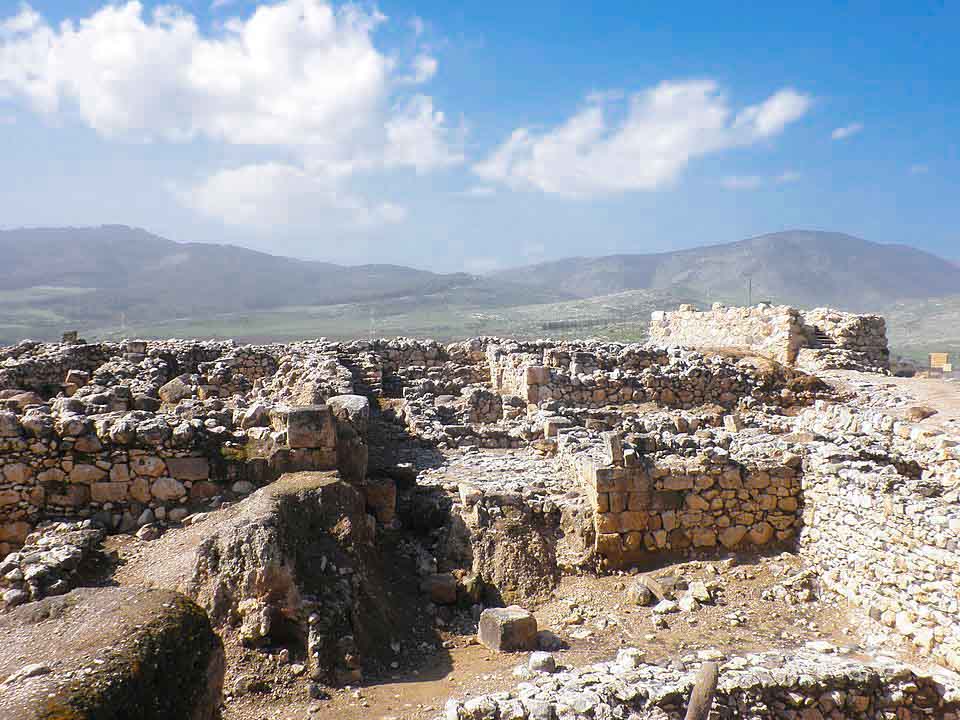Dhi Qar, Iraq
Coordinates: 30.962782, 46.103189
A ziggurat is a type of massive structure built in ancient Mesopotamia. It has the form of a terraced compound of successively receding stories or levels.
The Ziggurat (or Great Ziggurat of Ur) meaning “temple whose foundation creates aura”) is a Neo-Sumerian ziggurat in what was the city of Ur near Nasiriyah, in present-day Dhi Qar Province, Iraq.
The ziggurat was built by King Ur-Nammu, who dedicated it in honour of Nanna/Sin in approximately the 21st century BC (short chronology) during the Third Dynasty of Ur.
The construction of the ziggurat was finished in the 21st century BC by King Shulgi, who, in order to win the allegiance of cities, proclaimed himself a god. During his 48-year reign, the city of Ur grew to be the capital of a state controlling much of Mesopotamia. Many ziggurats were made by stacking mud-bricks up and using mud to seal them together.
The Ziggurat of Ur is the best-preserved of those known from Iran and Iraq, besides the ziggurat of Dur Untash (Chogha Zanbil).
It is one of three well preserved structures of the Neo-Sumerian city of Ur, along with the Royal Mausolea and the Palace of Ur-Nammu.
Under Saddam Hussein in the 1980s, they were encased by a partial reconstruction of the façade and the monumental staircase.
The ziggurat was damaged in the Gulf War in 1991 by small arms fire and the structure was shaken by explosions. Four bomb craters can be seen nearby and the walls of the ziggurat are marred by over 400 bullet holes.
Know This
Hopefully Iraq can get more stable soon so the entire world can visit and see the wonders Iraq has to offer and the rich cultute the people have to show to the world.
You can climb to the top of the ziggurat and have a great view of the area.


